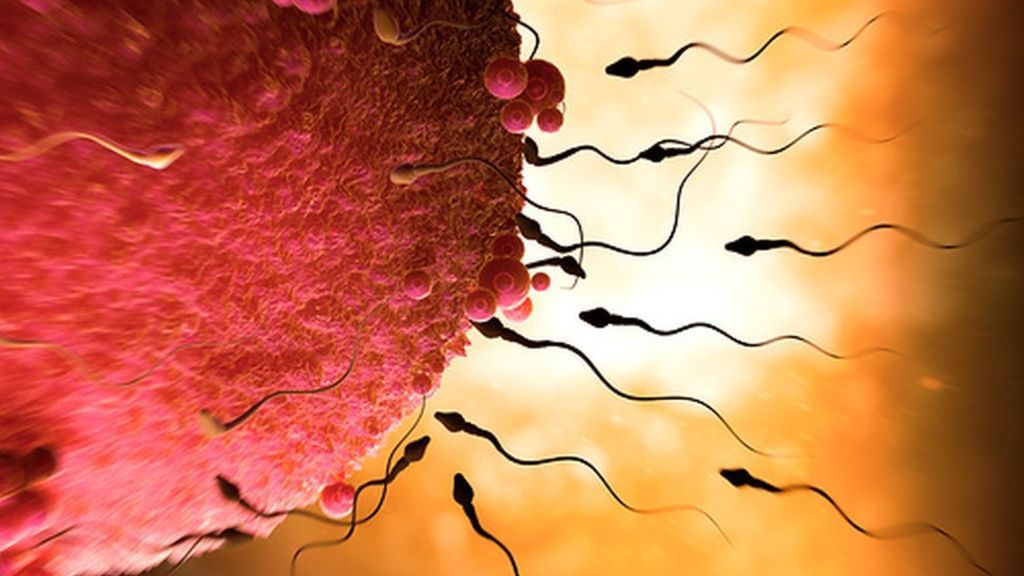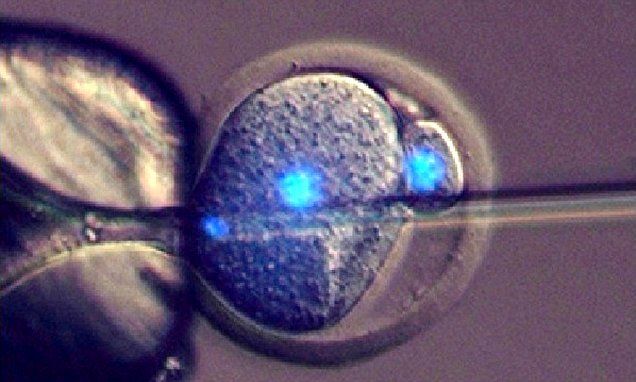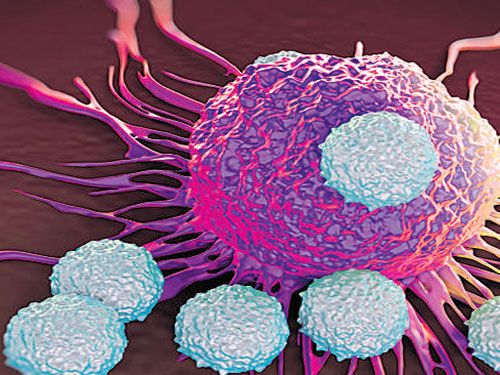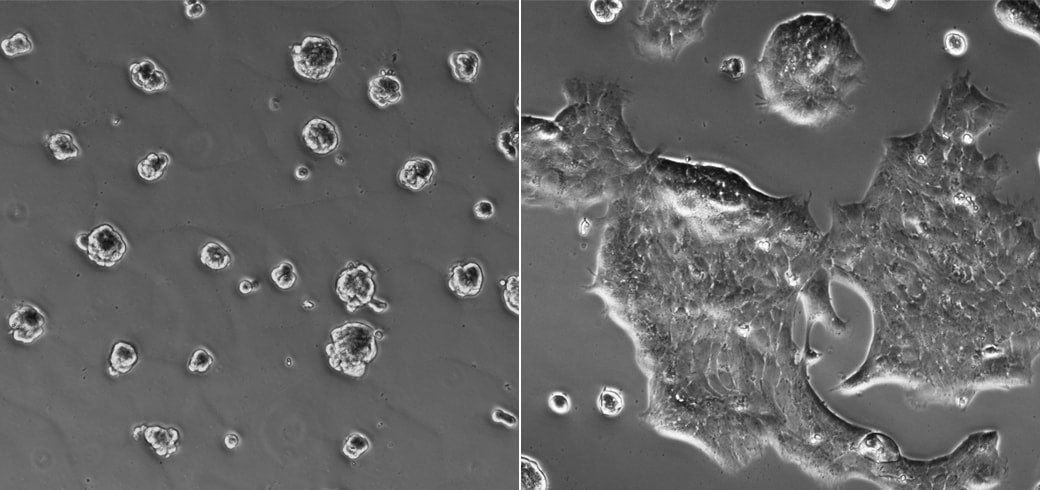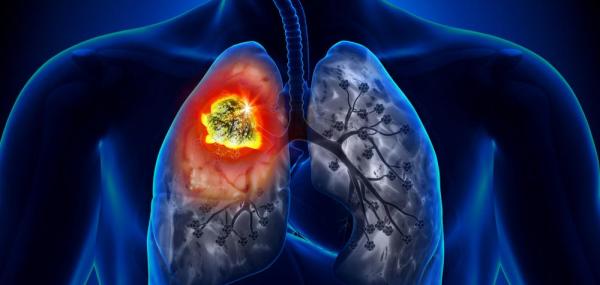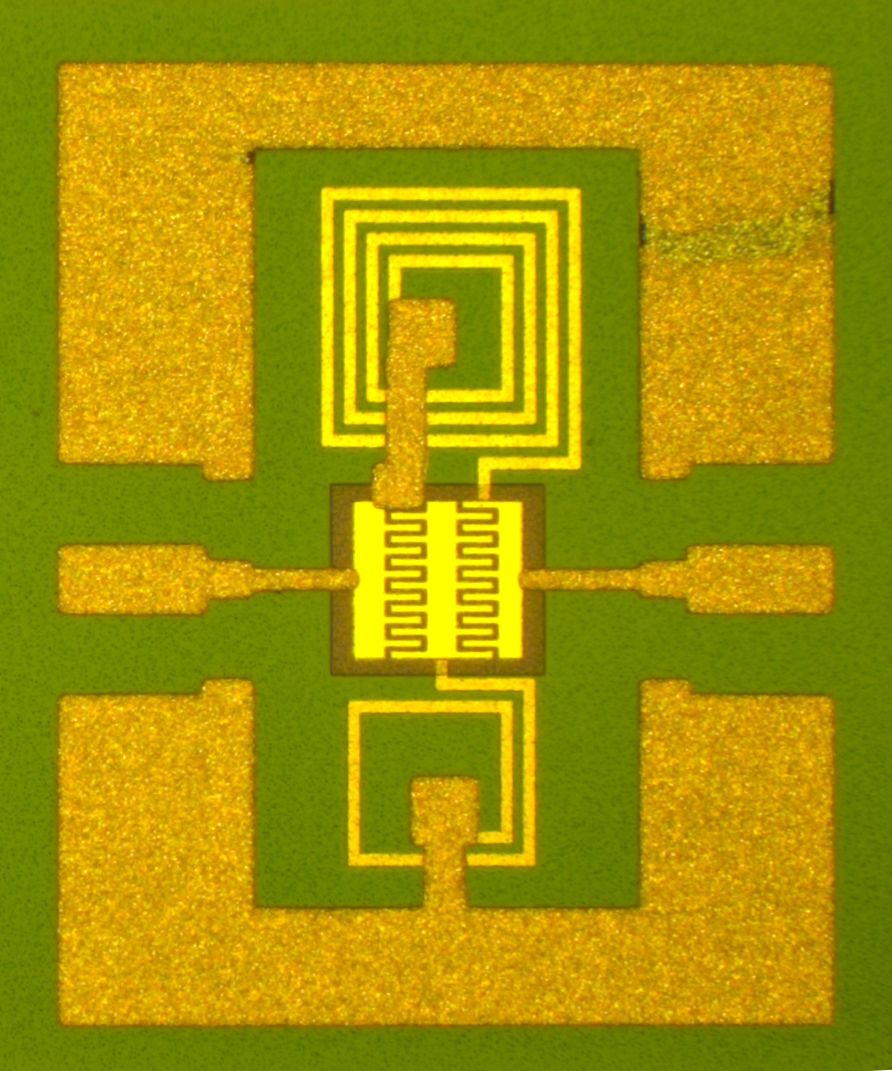https://youtube.com/watch?v=kUZn1Rh0HO8
Hmmmmm.
The drugs that built a super soldier : past.
During the Vietnam War, the U.S. military plied its servicemen with speed, steroids, and painkillers to help them handle extended combat.
Some historians call Vietnam the “last modern war,” others the “first postmodern war.” Either way, it was irregular: Vietnam was not a conventional war with the frontlines, rears, enemy mobilizing its forces for an attack, or a territory to be conquered and occupied. Instead, it was a formless conflict in which former strategic and tactical principles did not apply. The Vietcong were fighting in an unexpected, surprising, and deceptive way to negate Americans’ strengths and exploit their weaknesses, making the Vietnam War perhaps the best example of asymmetrical warfare of the 20th century.


